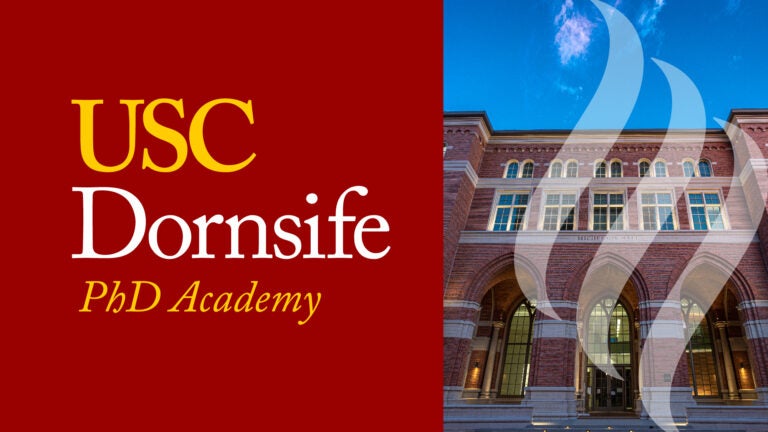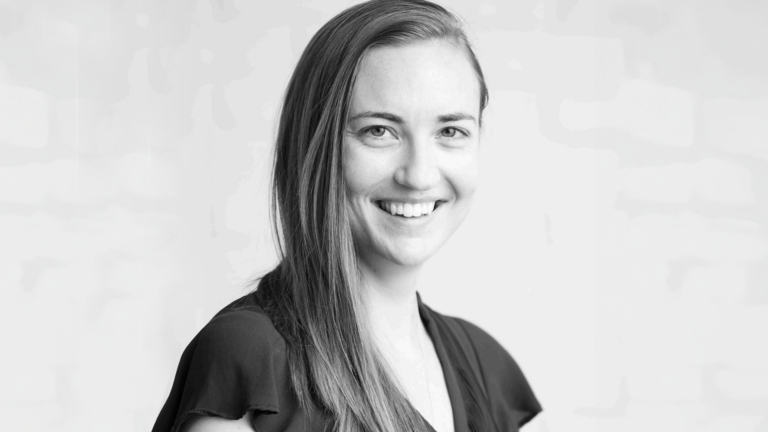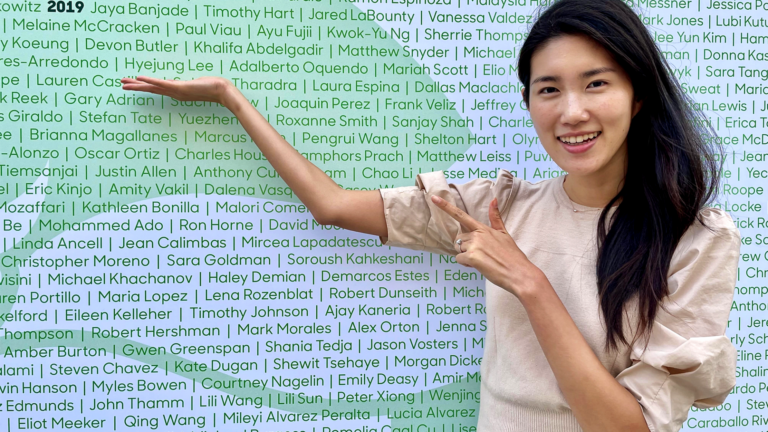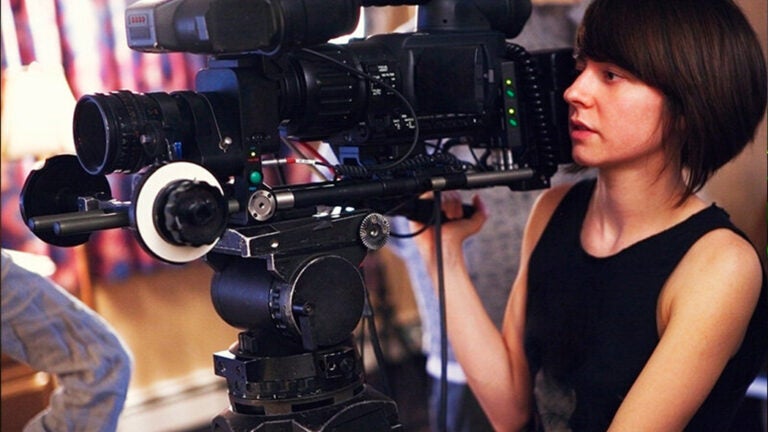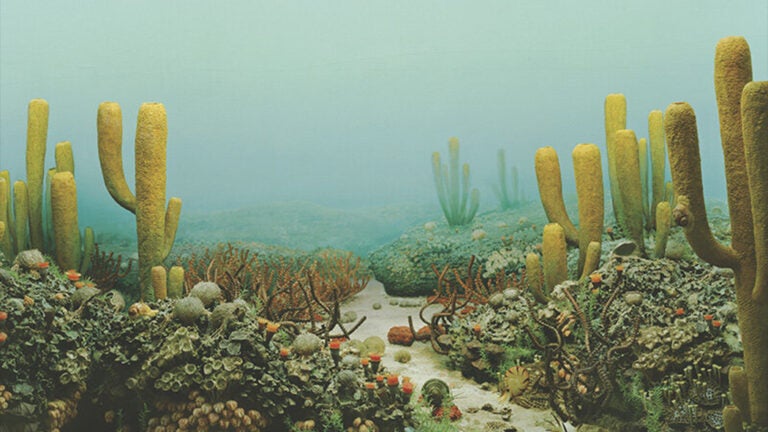Become the World’s Expert
Whether you plan to work inside or outside of academia, the world needs more experts with both the specialized knowledge and broad skillset to push the boundaries of what we know and what we can do.
As a PhD candidate you’ll become the expert in your field. Collaborating with outstanding faculty mentors, you’ll learn to contest groupthink, question received knowledge, and defend truth with facts. You’ll lead the future of inquiry and become our guide to the world — and the most interesting person at every party.
Earning a PhD means that you have discovered or created something entirely new. It also means that you have developed a unique and in-demand set of skills: you’re more than an expert in a given field — you’re a highly trained problem-solver.
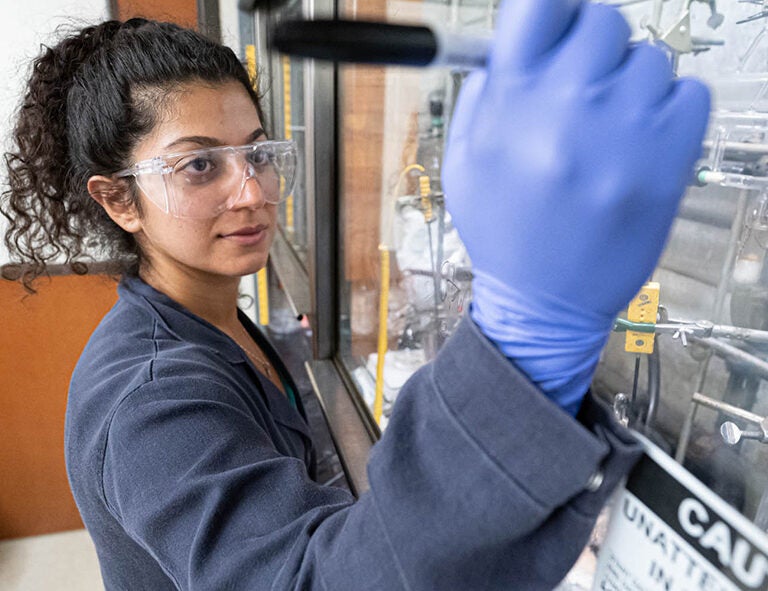
The Road Less Travelled
Explore PhD programs and specializations, graduate resources, and funding opportunities at USC Dornsife.
PhD Academy
Through the first-of-its-kind PhD Academy, you’ll have the chance to participate in a 5-year curriculum built around practical skills — leadership principles, financial management, public speaking, and communicating your scholarship to the public, and more — which give you a competitive edge in any career path you choose.
PhD Student News
Curiosity at Work
A fascination with history has this alumna digging up roots
A PhD in history from USC Dornsife — and a boost from the Trojan Family — led Christina Copland to a career as a genealogist at Ancestry.com.
From wood fossils to plant-based burgers with an Earth sciences PhD
Hyejung “Hazel” Lee honed her lab skills at USC Dornsife, and now she uses them at Beyond Meats, a maker of meat substitutes.
Relaunched anthropology PhD program trains next generation
The rebooted program has been redesigned for the 21st century, emphasizing topics with socially relevant applications like medical and visual anthropology.
Paleobiologist David Bottjer and PhD student Alison Cribb uncover more evidence behind history’s largest mass extinction
The team discovered ancient clues on the seafloor that show how life bounced back after 90% of species died off.
A First-Generation chemistry PhD student wants to use science to change the world
The polluted river that separates his family is the same river that inspired Juan Pablo de los Rios to pursue a career in science.
Ancient lizards give clues as to how we might survive mass extinction
Paleontology PhD student Hank Woolley is digging into our warmer past to help us understand how we might survive climate change.
Articles written by faculty, postdocs, and PhD students for The Conversation garner more than 10 Million reads
Reaching a global audience through hundreds of media outlets, the achievement demonstrates USC Dornsife’s commitment to bringing academic expertise into the public square.
Life in L.A.
When you come to USC, you come to Los Angeles. Anything and everything is possible here.

Rather than thinking of yourself as a cognitive psychologist or a biochemist or a medieval scholar, think of yourself as a highly trained problem solver. Think about the issues you care about and the ideas you want to explore. Think about the values you stand for.

Contact Us
Office of Graduate Admission
3551 Trousdale Pkwy., ADM 304
Los Angeles, CA 90089-4012

